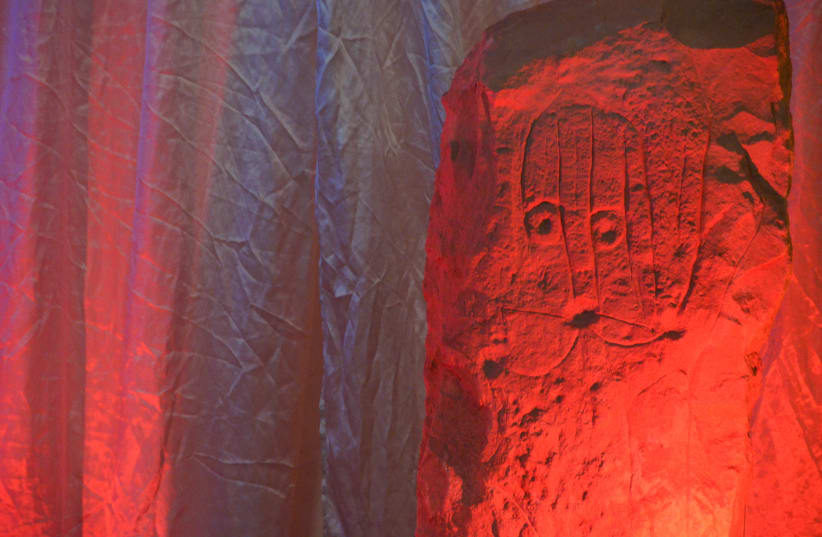Archaeologists have found a 9,000-year-old ritualistic complex in the Jordan desert.
The ritualistic site is believed to date back to about 7,000 BC and lies in the Khashabiyeh Mountains located in the eastern Al-Jafr Basin.
The Neolithic-era ritual complex was discovered inside a larger campsite called the South Eastern Badia Archaeological Project (SEBA) by a French-Jordanian team last October.
"The site is unique, first because of its preservation state", Live Science reported co-director of the project Wael Abu-Azziza as saying.
"It's 9,000 years old and everything was almost intact."


The team discovered an architectural model of a large-scale hunting trap at the site.
These giant game traps, or desert kites, were made of long walls that converge upon an enclosed space to gather animals for slaughter. The traps were used for capturing wild gazelles and deer.
The SEBA Project's statement explained that nearby desert kites in Jibal al-Khashabiyeh are "the earliest large-scale human built structures worldwide known to date," Archaeology News Network reported.
The shrine site dating back to the Stone Age was used by gazelle hunters and displays carved stone figures.
The dating of kites has been largely uncertain due to the rare excavations of these sites, and therefore an absence of archaeological material.
In this unexpected discovery, research teams have also found campsites with circular dwellings and large numbers of gazelle bones.
The Jordanian site includes two steles with anthropomorphic features, animal figurines, flints and some 150 arranged marine fossils.
Archaeologists believe the animal figurines were used in rituals to invoke supernatural forces for successful hunts.
Structures similar to this Jordanian ritual site have been found in deserts across Saudi Arabia, Turkey, Syria, Turkey and Kazakhstan, some of which were several kilometers long.
These types of constructions can also be found in several regions around the world including North and South America, and even Scandinavia.
The desert kites suggest "extremely sophisticated mass hunting strategies, unexpected in such an early time frame," according to SEBA's statement.
The research project focuses on studying the evolution of specialized subsistence strategies and the first pastoral nomadic societies.
The site's symbolism was probably meant "to invoke the supranatural forces for successful hunts and abundance of prey to capture," the statement said.
The project is a collaboration of Jordan's Al Hussein Bin Talal University and the French Institute of the Near East.
French ambassador Veronique Vouland-Aneini says the project "provides us with a priceless testimony of the historical life in the Middle East, its traditions and rituals" and hailed the outcome "for both the scientific world and Jordan", France24 reported.
The SEBA project hailed the "spectacular and unprecedented discovery."
